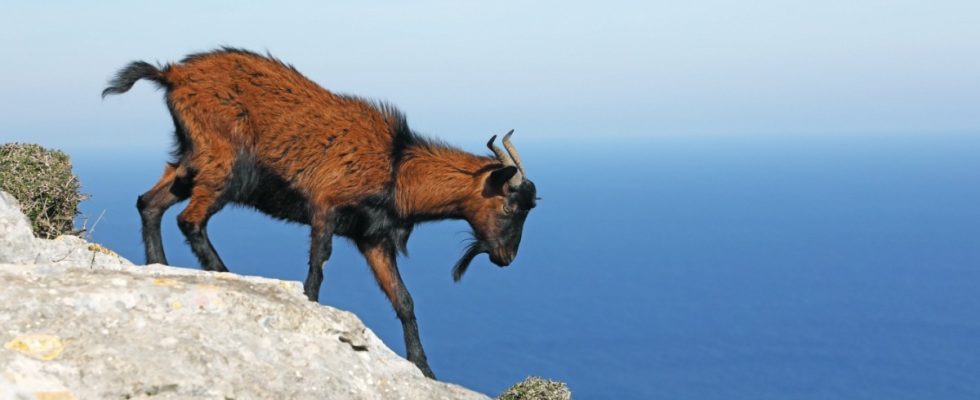Dromedaries and goats seem to be among the bravest ungulates. They head straight for a table full of cups, knock off the lid with their snout and pounce on the goodies inside.
The aim of the experiment by the team led by Alvaro Caicoya from the University of Barcelona was to find out how animals deal with new problems and whether they can solve old challenges in new ways. They observed 111 animals from 13 species, including giraffes, deer and sheep. The task of the ungulates was to approach unfamiliar cups in their stables and remove the lid to get at the food inside. This experiment, according to the article in the journal Proceedings of the Royal Society B measure ingenuity. The courage of the animals is also required, since new things in their natural habitats are often accompanied by danger.
To find out which factors influence the animals’ propensity for innovative behavior, the researchers recorded whether the respective ungulates are well integrated into their group and how they generally react when new objects suddenly appear in their stables. The group also included the sex, age and food preferences of the animals in the study. Ungulates were used in the experiments because, although related, they exhibit a wide range of group dynamics, food preferences, and cognitive abilities.
Less than half of the observed animals dared to get food
The animals’ approaches to solving the problem were as diverse as the group of test animals was diverse. The gazelles approached the cups unsteadily and sniffed them extensively until after a while they carefully nudged the lid off with their snout to eat the food pellets. Przewalski’s horses, on the other hand, only sniffed the cups briefly before knocking them down to ingest the carrots.
The animals that were particularly successful in the Becher experiment were those that are less afraid of new things and are in constantly changing group constellations, for example sleeping in a large group but spending the day with only a few of their own kind. Overall, 62 percent of the 111 animals approached the cups, but only 40 animals managed to get food from the containers at least once.
The most successful participants in the experiment were dromedaries and goats. Both living in complex social groups and being domesticated, both of which are true of dromedaries and goats, appear to influence willingness to take on new challenges – but were not a guarantee of success in the experiments. After all, 86 percent of the dromedaries and around two thirds of the goats were able to open the cups and thus eat their favorite foods such as carrots and feed pellets. The study does not reveal whether sex, age and food preferences influence fear of new things. The researchers found a social factor for this: outsiders with loose ties to the group were particularly successful. Maybe it’s because they’re used to receiving less, which makes them more willing to take risks. Necessity is the mother of invention.

